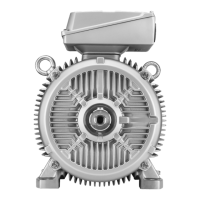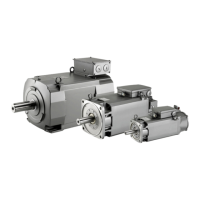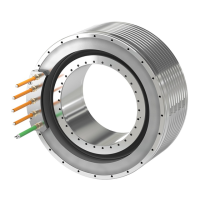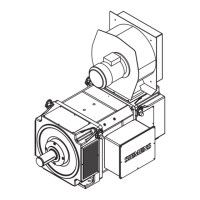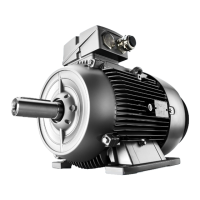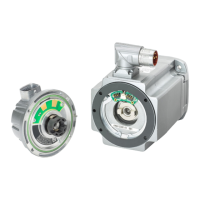Using the cables in the cable carrier
Note
When laying cables, carefully observe the instructions given by the cable carrier manufacturer!
To maximize the service life of the cable carrier and cables, it is not permissible to route
cables manufactured from dierent materials without using spacers in the cable carrier.
The chambers must be lled evenly to ensure that the position of the cables does not change
during operation. The cables should be distributed as symmetrically as possible according to
their mass and dimensions.
If possible, use only cables with equal diameters in one chamber. Cables with very dierent
outer diameters should be separated by spacers.
The cables must not be xed in the carrier and must have room to move. It must be possible
to move the cables without applying force, in particular in the bending radii of the carrier.
The specied bending radii must be adhered to. The cable xings must be attached at both
ends at an appropriate distance away from the end points of the moving parts in a dead
zone.
A tension relief must be installed at least at the ends of the cable carrier. Be sure to mount
the cables along the casing without crushing them.
The cables are to be taken o the drum free of twists, i.e. roll the cables o the drum instead
of taking them o in loops from the drum ange.
Number of cores and cross-sections for extension cables
Power cables
The cross-section of the power cable conductors is based on the rated current of the motor.
The rated current of the motor must be less than the current-carrying capacity of the cable
according to DINEN60204‑1 (routing type C).
The maximum permissible rated motor current is 15.2A for a power conductor cross-section
of 1.5mm
2
.
Signal cable
The signal cable extension must have 2 cores. The cross-section of the signal cores must be
at least 0.14mm
2
.
6.3 System integration
The subsequent diagram shows an example of a motor integrated into a system with Temp‑S
connected via SME12x.
Electrical connection
6.3System integration
Naturally-Cooled 1FN3 Linear Motors
Operating Instructions, 06/2023, A5E52220465B AB 89
